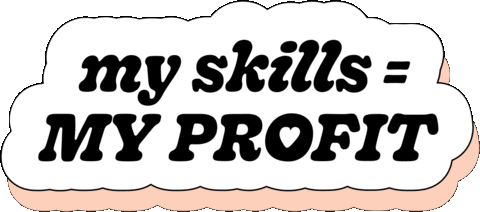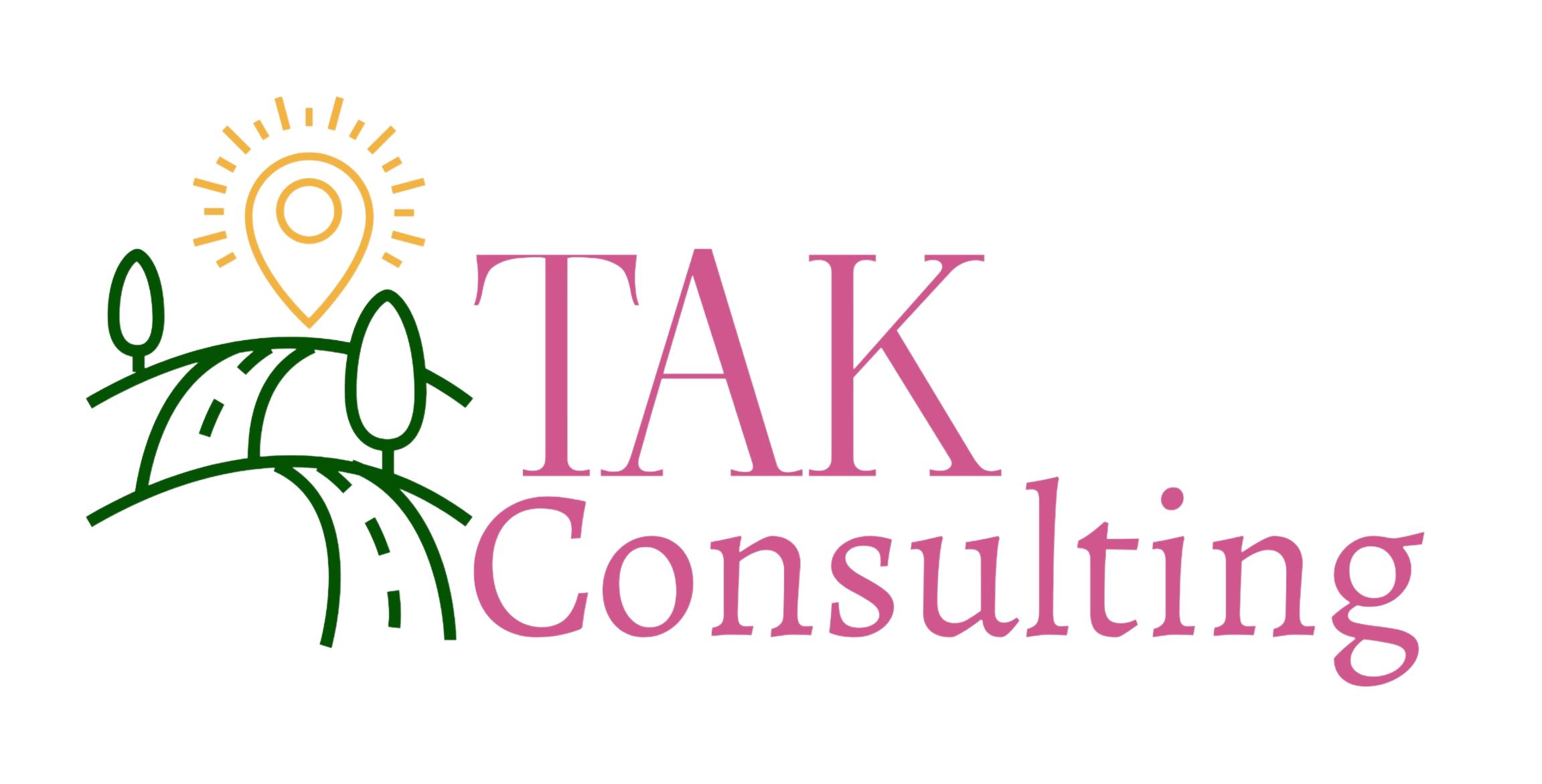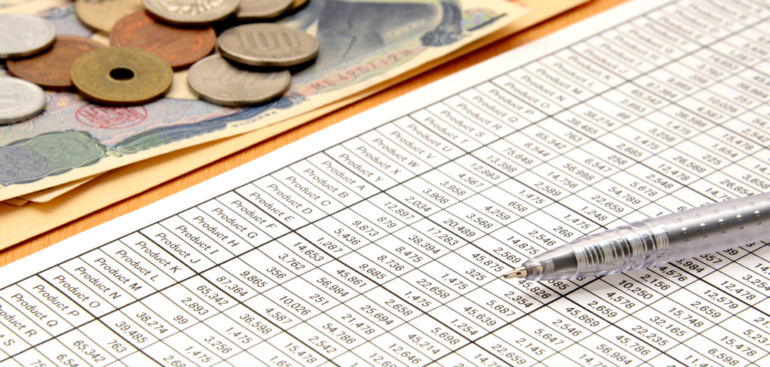When it comes to the world of accounting, some of the most common reports include the profit and loss report and the balance sheet. Whether you are working with someone or trying to figure out your finances on your own, knowing all about these reports can be beneficial to improving your finances.
What is a P/L and Balance Sheet Report?
A profit and loss (P/L) report can capture how much money you’re making (or losing) within a certain time period. (A month, quarterly, a year, etc.) A P/L report may also be known as an income statement, statement of earnings, or statement of operations. Some key components of a P/L report are revenue, cost of goods sold (COGS), Gross profit, Expenses, and Net profit(loss). Revenue is how much money you’ve made without including any COGS or expenses. COGS are the costs for your business to deliver goods and services. This includes things like materials, labor, and shipping. Gross profit is the money you’ve made by subtracting COGS from your Revenue. Expenses are split into two categories: Direct & Indirect. Direct expenses are typically COGS as they are the items needed to make/deliver the service. Indirect expenses include things like utilities, rent, and fuel. Indirect expenses will never be counted as COGS. Net profit is the remaining money after you have subtracted COGS & expenses from your revenue. Net profit would be the actual profit (or loss) for your business in said time period. nn The balance sheet is the overall financial position of the business. It shows what you owe as well as what you own. This is determined by assets and liabilities. An asset is something you own. There are two types of assets: Current and noncurrent. Current assets are anything that can be converted into cash within a year whereas noncurrent is anything that takes longer than a year. There are also current and noncurrent liabilities as well. With current liabilities being items due within a year and noncurrent due after a year.
How do these reports help me determine my finances? How do I use them effectively?
The P/L report is a clear way to see whether you have gained or lost money that month. Additionally, the P/L report allows you to see what expenses are costing more and see how often money is coming through. This is beneficial because it can make predicting future revenue trends more accurate, thus allowing you to budget better and stay on track with your goals. nn The balance sheet is helpful for quite a few reasons. For one, it can help you decide if you are able to expand your business by knowing if you can manage the money that floats in and out or if you need to focus on receiving more cash. Another way the balance sheet is useful is by helping the company see if they are prospering or failing. This can give way to a company changing its policies, correcting more mistakes, and refocusing its goals to better align with the state of the business. Additionally, the balance sheet is important to potential investors or those looking to buy your company because it allows them to see whether the business is worth the investment since you can see everything due, paid, and what the business is like without these things.
Financial reports are helpful
Although there are many ways to look at financials in a business, knowing the fundamentals of the P/L report and the balance sheet is a very helpful step in knowing the state of your business





